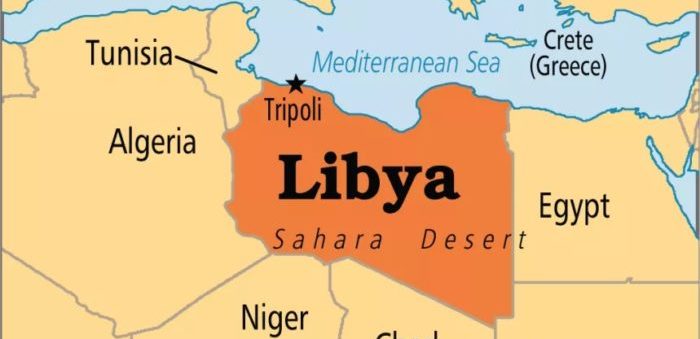Libya’s National Oil Corporation (NOC) announced that it re-opened four oil terminals after General Khalifa Haftar handed over control of the ports. These ports are Ras Lanuf, Es Sider, Zueitina and Hariga. During this month, NOC had declared force majeure in the said ports, but now they started operations again.
As international sources report, oil exports from these ports were stopped after the Libyan National Army (LNA) took over key installations from rival factions in June.
[smlsubform prepend=”GET THE SAFETY4SEA IN YOUR INBOX!” showname=false emailtxt=”” emailholder=”Enter your email address” showsubmit=true submittxt=”Submit” jsthanks=false thankyou=”Thank you for subscribing to our mailing list”]
Two of the ports, Lanuf and Es Sider were shut down when armed opponents of Khalifa Haftar attacked them on June 14. Namely, at least one storage tank at Ras Lanuf terminal was set on fire, with Libya’s National Oil Corporation (NOC) declaring force majeure on loadings from both terminals. Libya’s National Oil Corporation evacuated all staff from the two terminals, while the production loss is estimated at about 240,000 bpd
Moreover, a crude oil tank was set on fire at the Libyan port of Ras Lanuf, during fighting between rival factions for control of two key export terminals. As a result, storage capacity at Ras Lanuf has been cut by 400,000 barrels, according to Libya’s National Oil Corporation (NOC).
As for the ports of Hariga and Zweitina, they suspended their exports on 2 July.
Now, oil installations that were controlled by Libyan National Army are being transferred to NOC, and they are subject to the provisional eastern government.
Libya’s oil production has collapsed, as the country saw its output decreasing by as much as 850,000 barrels a day and costing the economy about $1bn.






























































